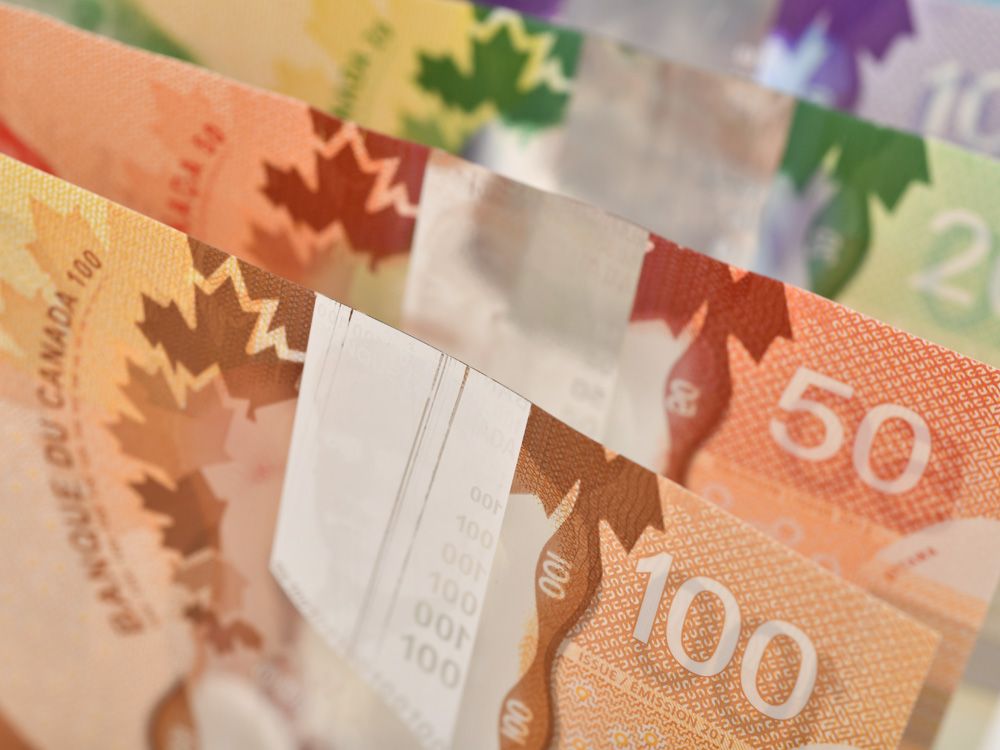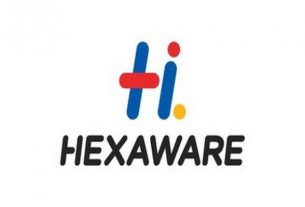|
Getting your Trinity Audio player ready...
|
Article content
By Julie Cazzin with Janet Gray
Article content
Q: I just sold five paintings from my parents’ art collection. Both my parents are deceased and left the paintings to my sister and I in their will. The money is more than I expected: a $350,000 windfall in total. Considering my parents only paid $10,000 for the art 30 years ago, the family did very well. But what should I do with the money?
Article content
I am 63 years old, earn $40,000 annually and will be retiring in the next year or two. I have a small pension that will pay me $1,500 monthly as well as $30,000 in a registered retirement savings plan (RRSP) and $60,000 in a tax-free savings account (TFSA). Also, I will be sharing the money 50-50 with my recently retired sister, who is collecting money from the Canada Pension Plan (CPP) and will be starting Old Age Security (OAS) soon. My assets are about $100,000. I have no real estate, no debt and no dependents. I know that $340,000 of the windfall is capital gains, but how do I minimize the tax I will pay on this while not jeopardizing my sister’s pension income of roughly $20,000 annually? — Lester
Article content
FP Answers: Lester, thank you for your question. The first thing to clarify is that your parents’ final estate paid all taxes owing on the value of the paintings at the time of their death. To calculate what, if any, taxes you might owe, you need to confirm the value of the paintings when you received them from the estate, and then the price received when you sold them. The difference between the base cost and the selling cost is the profit, of which 50 per cent is taxable at your marginal tax rate.
Taxes owing on these capital gains are due in the year of sale, so if the paintings were sold in 2022, you would reconcile the profit on your 2022 tax return and pay taxes owing at your marginal tax rate at that time. Keep in mind it’s possible that both you and your sister may have to pay additional taxes if it causes an increase in your overall taxable income.
Article content
With your annual pension of $18,000, as well as your CPP and OAS benefits, your retirement income will be similar to your current working income. I see no benefit in adding more to your RRSP. Instead, consider opening a non-registered investment account to hold income and equity products.
To help choose the investments, confirm your short-, medium- and long-term goals. If you have short-term goals, then you will want short-term liquidity and safety for those investments so you can use them relatively quickly. It’s a good idea to look at high-interest savings accounts for that money.
If your goals include medium-term expenses, then choose guaranteed income certificates or other fixed-income products. For long-term goals, choose equity products for their higher growth potential
Finally, I like to suggest that people who have received an inheritance use a portion of it to do something fun or special in the memory of their loved ones. This may be something you and your sister may like to do together.
Janet Gray is an advice-only certified financial planner with Money Coaches Canada in Ottawa.
_____________________________________________________________
If you liked this story, sign up for more in the FP Investor newsletter.
_____________________________________________________________



